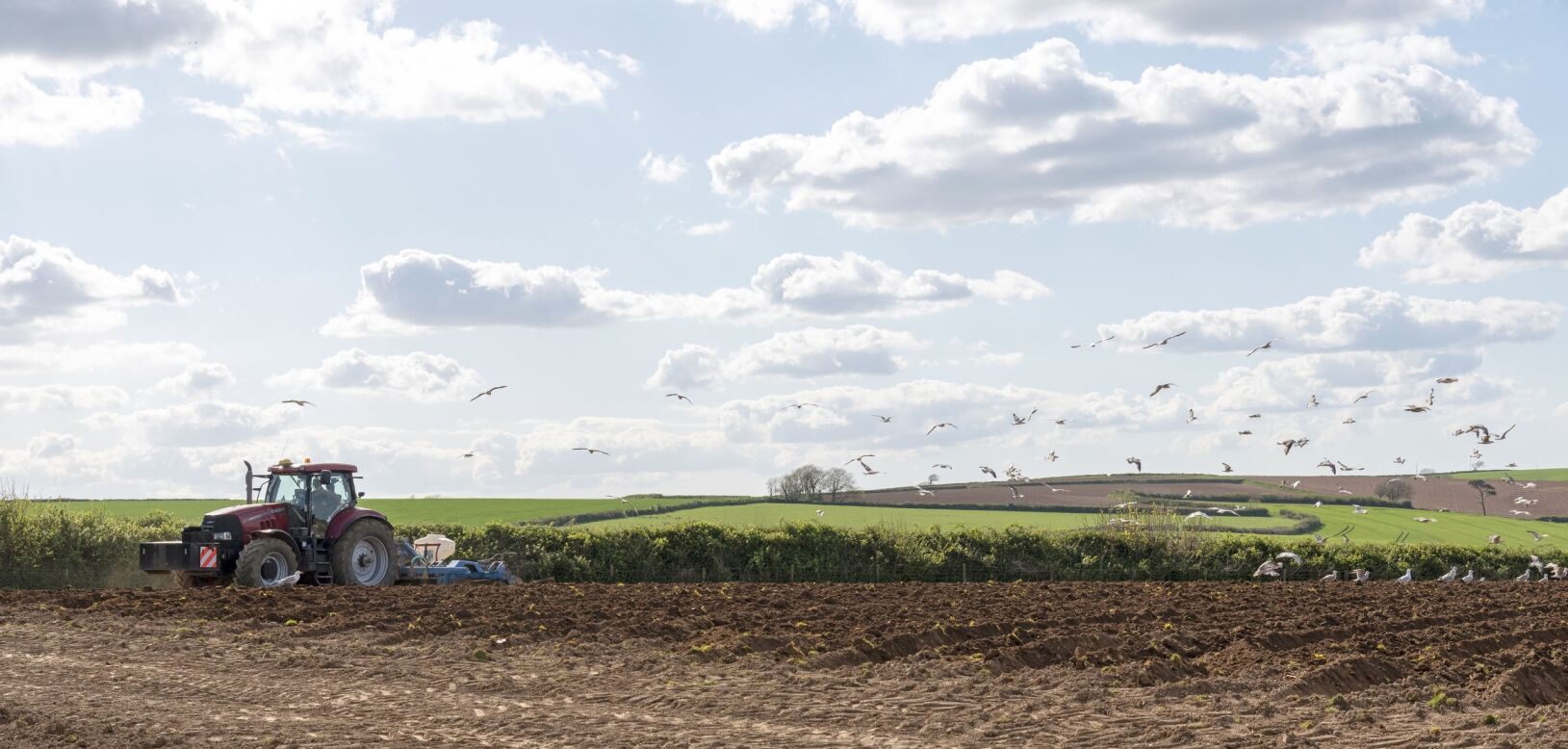This phase sets the foundation for the entire crop production cycle and can significantly impact yield and overall agricultural productivity. Here are key points to consider regarding crop establishment:
-
Preparation of Land: The first step in crop establishment is preparing the land for planting. This involves tasks like plowing, harrowing, and tilling to create a suitable seedbed. Proper land preparation helps improve soil structure, aeration, and drainage.
-
Seed Selection: Choosing the right type of seeds is crucial. Farmers select seeds based on factors such as crop variety, quality, disease resistance, and adaptability to local conditions. High-quality seeds have a better chance of germination and producing healthy plants.
-
Sowing: Sowing is the act of placing seeds in the soil. It can be done manually, using traditional methods like broadcasting or dibbling, or with modern machinery like seed drills. Proper seed placement ensures even spacing and depth, which is essential for uniform crop emergence.
-
Seeding Rate: Determining the appropriate seeding rate, or the number of seeds to be sown per unit area, is important. This rate varies by crop type and local conditions, and it affects crop density and competition for resources.
-
Seedbed Preparation: After sowing, it's important to ensure good seed-to-soil contact. Adequate soil moisture and firm seedbeds help facilitate germination and early root development.
-
Seed Treatment: Treating seeds with fungicides, insecticides, or growth promoters can protect them from diseases and pests and promote healthy plant growth. This is especially important in preventing seedborne pathogens.
-
Crop Rotation and Crop Diversity: Rotating crops and diversifying plant species in a field can help reduce the risk of soil-borne diseases and pests. It also improves soil fertility by varying nutrient demands.
-
Weed Management: Effective weed control is essential to prevent weeds from competing with crops for nutrients, sunlight, and water. Methods include mechanical cultivation, herbicides, and mulching.
-
Irrigation: Adequate and timely irrigation is critical, especially in regions with irregular rainfall patterns. Proper moisture levels support germination and early crop growth.
-
Monitoring and Management: Regular monitoring of crop establishment is essential to identify and address issues like uneven germination, pest infestations, or nutrient deficiencies. Adjustments may be needed to optimize crop growth.
-
Environmental Factors: Weather conditions, temperature, and climate play a significant role in crop establishment. Extremes in temperature or adverse weather events can affect germination and early growth.
-
Post-Emergence Care: Once crops have emerged, continued care is necessary, including nutrient management, pest and disease control, and appropriate cultural practices to maximize yield potential.
-
Conservation Agriculture: Some farmers adopt conservation agriculture practices that aim to minimize soil disturbance during crop establishment to reduce erosion and maintain soil health. For example, direct drilling, intercropping, use of cover crops and others. See the agroecology and regenerative agriculture pages for more information and resources.
In summary, successful crop establishment involves a combination of careful planning, proper seed selection, suitable land preparation, and ongoing management practices to create optimal conditions for crop growth. It sets the stage for the rest of the growing season and significantly influences overall crop yield and quality. Farmers must adapt their approaches to specific crop types and local environmental conditions to achieve the best results.



Discussion
If you are running an on-farm trial for harvest 2022 comparing cultivation or drilling practices, or you are considering such a trial for harvest 2023, please get in touch. ADAS are seeking to bring together farmers who are testing cultivation practices to enable sharing of experiences and trial results, and we can offer some staff resource to assess treatment effects on crops and analyse yield maps, to get the most value from these farm trials.